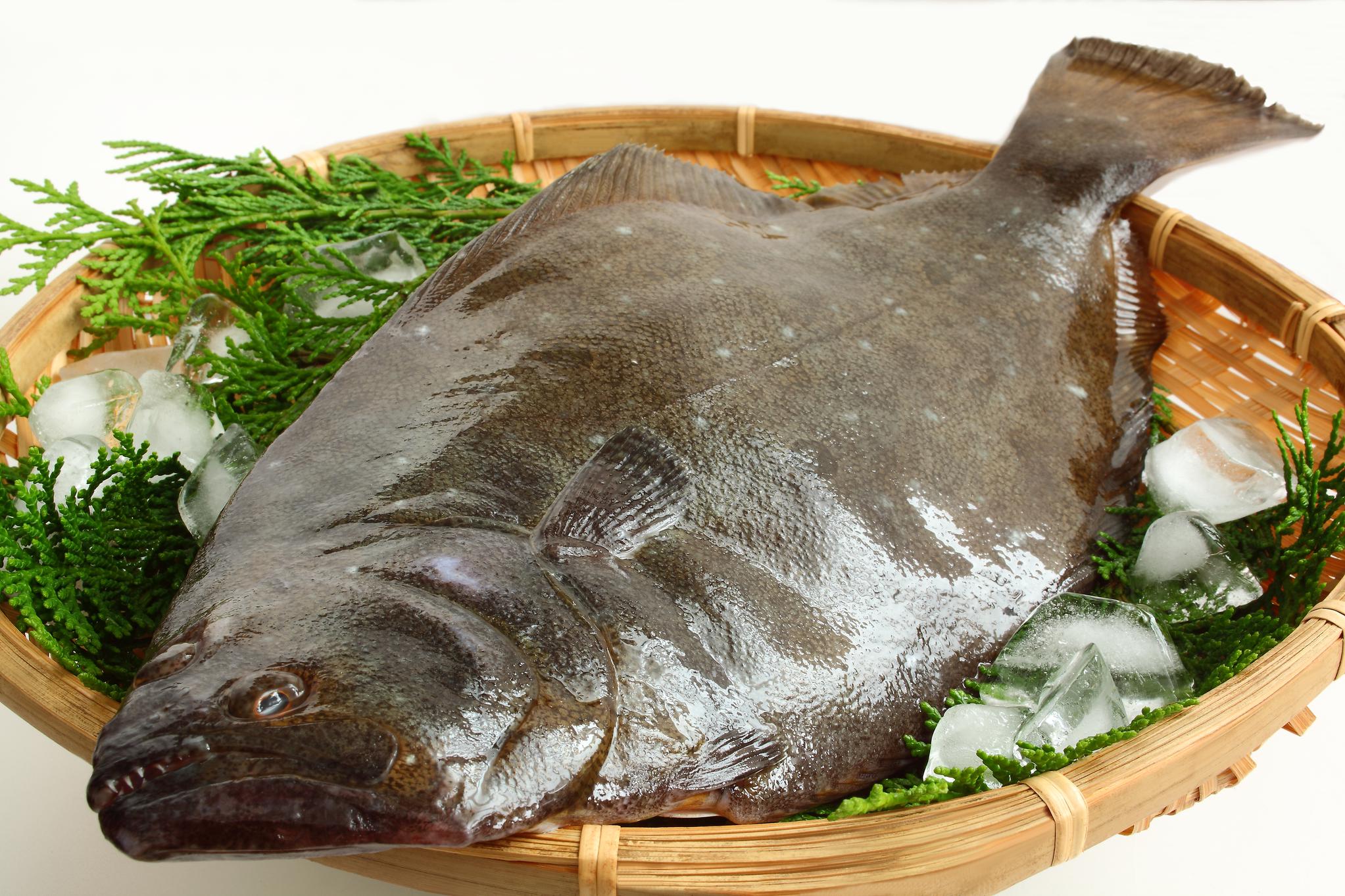Hirame, known scientifically as Paralichthys olivaceus, is a species of flatfish native to the coastal waters of East Asia, particularly prominent in Japan. This article explores the characteristics, culinary uses, cultural significance, and conservation status of hirame fish, offering a comprehensive overview of this beloved seafood delicacy.
Characteristics of Hirame Fish
Hirame belongs to the family Paralichthyidae and is characterized by its flat, oval-shaped body and distinctive eye placement on one side of the head. Like all flatfish, hirame undergoes a remarkable metamorphosis where one eye migrates to the opposite side of the body during development, allowing it to lie camouflaged on the seabed.
- Appearance: Hirame fish are typically brownish or greenish in color with darker spots or blotches to blend into sandy or muddy seabeds.
- Size: They can grow up to 50-70 centimeters in length, though larger specimens have been recorded in the wild.
Culinary Uses and Preparation
In Japanese cuisine, hirame fish holds a revered status for its delicate flavor and firm texture. It is prized for sashimi (raw fish slices) and sushi preparations, where it is often served as hirame engawa (the fin muscle), hirame kobujime (marinated with kelp), or as part of intricate sushi platters.
- Sashimi: Thinly sliced hirame sashimi showcases its mild, slightly sweet flavor and tender texture, often accompanied by soy sauce and wasabi.
- Sushi: Hirame sushi, known as hirame nigiri, features slices of raw fish draped over seasoned rice, highlighting its freshness and natural taste.
Cultural Significance
In Japan, hirame fish holds cultural importance beyond its culinary value. It is associated with traditional celebrations and rituals, symbolizing prosperity, purity, and auspicious beginnings. During festivals and special occasions, hirame dishes are prepared with meticulous care to honor both the seafood’s flavor and its cultural symbolism.
- Seasonal Availability: Hirame is commonly harvested during its peak seasons, ensuring optimal freshness and flavor in Japanese seafood markets and restaurants.
Conservation Status and Fishing Practices
As with many commercially important fish species, sustainable fishing practices are crucial to maintain hirame populations and marine ecosystems. Fisheries in Japan adhere to regulations and quotas to prevent overfishing and ensure the long-term viability of hirame stocks.
- Aquaculture: In addition to wild-caught hirame, aquaculture plays a significant role in meeting consumer demand while reducing pressure on wild populations. Farms cultivate hirame in controlled environments, monitoring water quality and feed to promote healthy growth.
Conclusion
Hirame fish exemplifies the intersection of culinary excellence, cultural tradition, and responsible stewardship of marine resources in Japan. Its delicate flavor, versatility in Japanese cuisine, and symbolic significance make it a prized seafood choice both domestically and internationally. Understanding the nuances of hirame enhances appreciation for its role in Japanese gastronomy and underscores the importance of sustainable practices in preserving marine biodiversity.
FAQs
- What does hiramefish taste like?
- Hiramefish has a mild, slightly sweet flavor with a firm texture, making it ideal for raw preparations like sashimi and sushi.
- How is hirame prepared for sushi?
- Hirame sushi, or hirame nigiri, features thinly sliced raw fish placed atop seasoned sushi rice, often garnished with soy sauce, wasabi, or pickled ginger.
- Is hiramefish sustainable?
- Sustainable fishing practices and aquaculture methods help maintain hirame fish populations, ensuring their availability for future generations.
- What cultural significance does hirame hold in Japan?
- Hirame symbolizes purity, prosperity, and auspicious beginnings in Japanese culture, often served during celebrations and rituals.
- Where is hiramefish commonly found?
- Hiramefish are native to the coastal waters of East Asia, particularly prevalent in Japan, where it is a staple in seafood cuisine.










